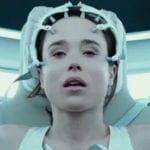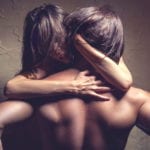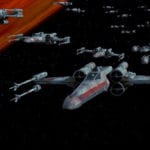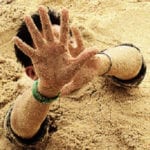 Animals
Animals  Animals
Animals  Weird Stuff
Weird Stuff 10 Weird Things People Used to Do at New Year’s
 Our World
Our World 10 Archaeological Discoveries of 2025 That Refined History
 Weird Stuff
Weird Stuff 10 Fascinating Facts You Might Not Know About Snow
 Miscellaneous
Miscellaneous Top 10 Things Crypto Was Supposed to Change & What Actually Did
 History
History 10 Huge Historical Events That Happened on Christmas Eve
 Music
Music 10 Surprising Origin Stories of Your Favorite Holiday Songs
 History
History 10 Less Than Jolly Events That Occurred on December 25
 Weird Stuff
Weird Stuff 10 Funny Ways That Researchers Overthink Christmas
 Politics
Politics 10 Political Scandals That Sent Crowds Into the Streets
 Animals
Animals 10 Species That Refused to Go Extinct
 Weird Stuff
Weird Stuff 10 Weird Things People Used to Do at New Year’s
 Our World
Our World 10 Archaeological Discoveries of 2025 That Refined History
Who's Behind Listverse?

Jamie Frater
Head Editor
Jamie founded Listverse due to an insatiable desire to share fascinating, obscure, and bizarre facts. He has been a guest speaker on numerous national radio and television stations and is a five time published author.
More About Us Weird Stuff
Weird Stuff 10 Fascinating Facts You Might Not Know About Snow
 Miscellaneous
Miscellaneous Top 10 Things Crypto Was Supposed to Change & What Actually Did
 History
History 10 Huge Historical Events That Happened on Christmas Eve
 Music
Music 10 Surprising Origin Stories of Your Favorite Holiday Songs
 History
History 10 Less Than Jolly Events That Occurred on December 25
 Weird Stuff
Weird Stuff 10 Funny Ways That Researchers Overthink Christmas
 Politics
Politics 10 Political Scandals That Sent Crowds Into the Streets
10 Myths About Historical Figures We Still Believe
When you are famous, people expect a little extravagance and peculiarity from you. The weird, outrageous, or simply unusual stories about famous people usually prove to be the most enduring. They are the stories the public wants to believe—even if they aren’t true. As a result of this, many myths regarding notable figures from the past are still prevalent today.
10JFK Said He Was A Doughnut
“Ich bin ein Berliner” is the crowning line of one of the most famous speeches of all time, delivered by President John F. Kennedy in 1963 in Berlin as a show of America’s support for West Germany. The memorable one-liner is simply meant to state, “I am a Berliner,” but the word soon spread that JFK made a humorous gaffe and actually said something else—that he was a jam doughnut.
While a “Berliner” is indeed the name of a type of pastry popular in Germany, the myth was born out of a simple misunderstanding of German grammar. Those who claimed it was true maintained that “Ich bin Berliner” would be the correct way to say that he was a citizen of Berlin, while “Ich bin ein Berliner” would be misconstrued as him saying that he was a doughnut.
But the truth is that it never confused the people of Germany. For starters, people in Berlin do not call that particular doughnut a Berliner—the term is only used in other regions. Moreover, the people of Berlin aren’t morons. Context alone makes the meaning clear to any German, just like saying that you are a Frankfurter doesn’t make you a hotdog or calling yourself a New Yorker doesn’t make you a magazine.
9Betsy Ross Designed The American Flag

One of the most inspiring stories regarding the birth of the United States of America is Betsy Ross designing the American flag. Unfortunately, there is no evidence to support the story whatsoever. In fact, it was not until 100 years later that the story even surfaced, thanks to a grandson of Ross called William Canby, who claimed that Betsy had told him the story before she died, when he was just six years old. His only evidence was affidavits from family members claiming they had also heard Betsy tell the story.
Even according to Canby’s account, Betsy Ross only had one contribution to the design of the flag—the five-pointed star. According to Canby, Washington originally preferred a six-pointed star, but Ross convinced everyone to go with the alternative by showing them how easy a five-pointed star would be to make. Other family members later expanded the story to give Betsy credit for the full design.
We may never know exactly who invented the American flag as we know it today. It is likely that many people contributed to the final design. As far as Betsy Ross goes, all we can say for sure is that she was a seamstress who lived on Arch Street and that she did, at one point, sew a naval ensign for Pennsylvania ships. We know this because of government records, but everything else is uncertain.
8Captain Cook Discovered Australia

James Cook was a famed captain in the British Royal Navy who had great success as a navigator and explorer. He was responsible for mapping areas of the world that were previously unknown or little-known to Europe. However, he is probably most famous for discovering Australia—which he didn’t.
It is true that Cook landed in Australia in 1770, when he performed the most detailed exploration of the region up until that time, particularly the east coast. However, before him there were dozens of other ships that either landed on the continent, or at the very least saw it. In other words, Europe was well aware that Australia existed before Captain Cook.
A better candidate for discovering Australia is a Dutch navigator by the name of Willem Janszoon. There is a good chance that there were others before him, but his is the first recorded European landing in Australia. It happened in 1606, 164 years before James Cook’s famous voyage.
7Walter Raleigh Brought Tobacco To England
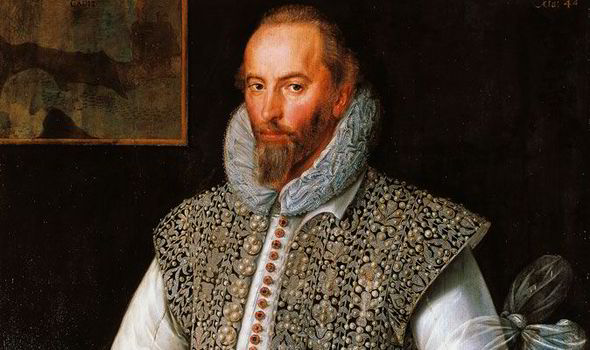
Sir Walter Raleigh was a well-known English aristocrat, politician, and explorer. He is also frequently wrongly credited with bringing tobacco to England. He is also sometimes hailed as the person who brought potatoes to England. This is not as widespread, although it is just as wrong.
Both of these supposedly happened after he traveled to America in the 16th century in an attempt to settle a colony (the famous Roanoke colony in what is now North Carolina). Despite the colony’s failure, he did gain knowledge of Native American practices, particularly the use of tobacco.
Raleigh brought a lot of tobacco back with him and his high standing within the court of Elizabeth I ensured that his new habit quickly became fashionable. So there is some truth to the story—Sir Walter Raleigh did make tobacco a lot more common and popular with the English. However, people were already quite aware of tobacco (as well as potatoes) thanks to the Spanish, who brought them to Europe first. There had actually been attempts to grow tobacco in England years before Raleigh’s voyages. It just simply hadn’t caught on with the public yet.
6Ronald Reagan Was Up For The Lead In Casablanca
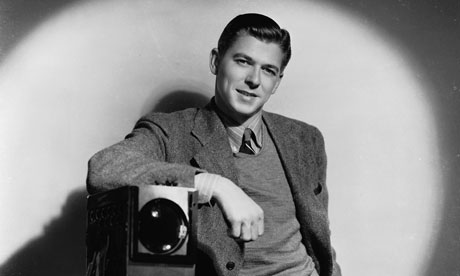
The fact that Ronald Reagan had a successful acting career before going into politics is pretty common knowledge. However, when you are involved in entertainment and politics, two of the most public professions in the world, there are bound to be some myths about you floating around. One of those would be that Reagan was actually supposed to play the lead role in Casablanca.
Of course, the role of Rick Blaine eventually went to Humphrey Bogart and Casablanca went on to become one of the most famous movies of all time. However, an early publicity release from Warner Brothers listed Reagan and Ann Sheridan in the leading roles.
As it turned out, this was nothing more than a ploy for more publicity. When Hollywood News made the announcement, producer Hal Wallis hadn’t even cast anyone for the movie yet. Casablanca was already looking like a huge hit and Wallis had the power to cast anyone he wanted in his movie—and he was determined to get Bogart. The handsome, genial Reagan was all wrong for the role of the cynical, world-weary Rick, and the studio never seriously considered him.
5Boudica Invented Wheel Spikes For Chariots
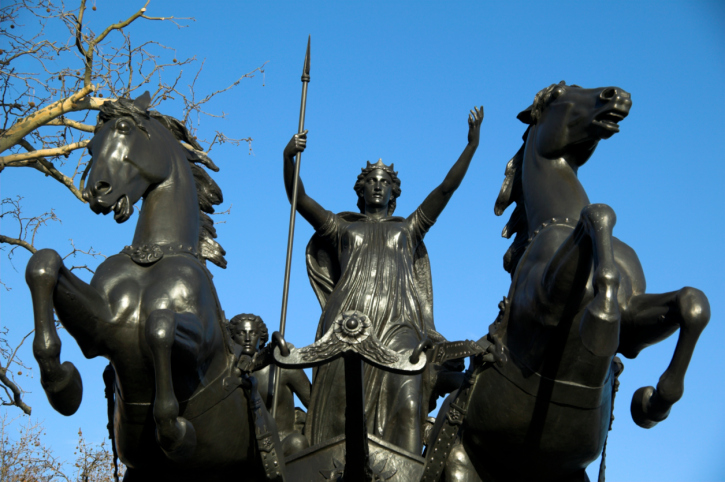
Boudica (also spelled Boudicca or Boadicea) was a leader of the Celtic Iceni tribe who led a rebellion against the Roman Empire. Although she was eventually defeated, she still managed to raise some serious hell and completely destroy several Roman settlements.
Part of the reason for her success was that her chariots supposedly had a secret innovation—long, sharp spikes fitted on each wheel in order to cut down those who stood in the way. Boudica is credited by many as the first to implement this weapon (the scythed chariot, as it is officially known) but the truth is we can’t even say for certain that she used it at all. What we do know, though, is that the scythed chariot existed long before Boudica’s time.
Boudica died in A.D. 60 or 61. However, the first mention of a scythed chariot comes from the Greek general Xenophon, who credits its invention to Cyrus the Great of Persia. Xenophon relates how Cyrus used the chariots in the Battle of Pteria in 547 B.C. Although this claim is somewhat disputed, many more descriptions of scythed chariots were given during the Greco-Persian Wars 100 years later—so they definitely existed before Boudica.
4Walt Disney Was Frozen After His Death
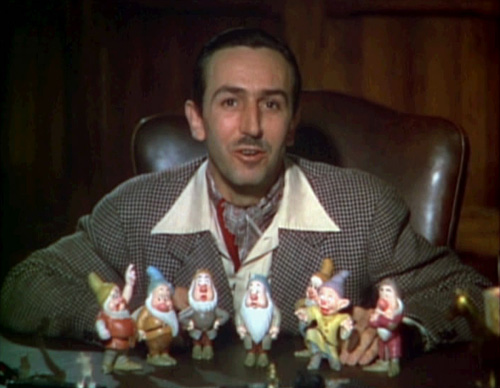
The origins of this rumor remain unknown, but Disney was an extremely private person and it seems that this gave the opportunity for the public imagination to run wild. Around the time of his death in the ’60s, the concept of cryogenic storage had just appeared, so it might have looked like the kind of thing someone famous would go for. Disney was a technological innovator in his own field, so he might have seemed like an appropriate candidate.
There are actually two versions of the myth going around—one says that Disney froze his entire body while the other says that only his head was put into cryogenic stasis. Both are false. This is backed up by a wealth of evidence that Disney was cremated, including his death certificate.
Disney’s own daughter sought to put this myth to rest by opening the Walt Disney Family Museum. According to her, this allowed the family to dispel many of the myths surrounding Walt Disney—and the cryogenic freezing was among them.
3Caesar Was Born By Caesarian Section
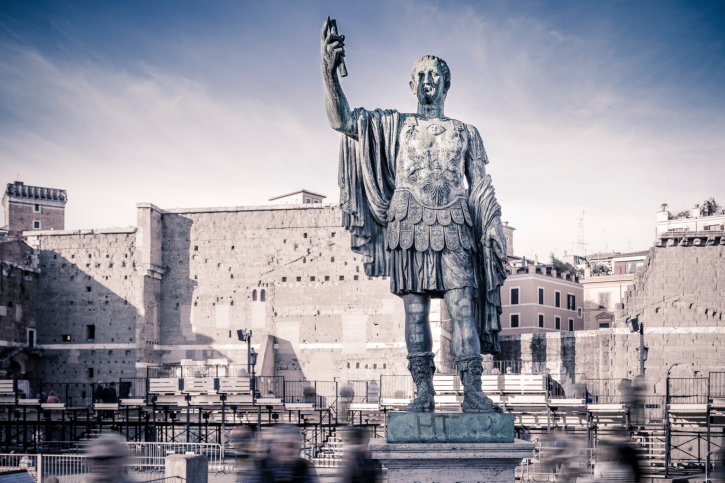
According to this myth, the most famous Roman of all time, Julius Caesar, was born by being cut out of the stomach of his mother. Thus, the procedure became known as a caesarian section (or in some versions Caesar was named after the caesarian section procedure itself). A 10th-century Byzantine document called The Suda made exactly this claim: “When his mother died in the ninth month, they cut her open, took him out, and named him thus; for in the Roman tongue dissection is called ‘Caesar.’ ”
There are a few problems with this statement, though. For starters, the procedure had been documented by earlier civilizations, so it was not a Roman invention. The name probably is Roman, but comes from a law called the Lex Caesarea, not from Julius Caesar. The law stated that the child must be cut out of the womb of any deceased pregnant woman.
But the real nail in the coffin for this tale comes simply from the fact that Caesar’s mother, Aurelia, survived. Back in Roman times, this would have been impossible after a caesarian section, which was only performed on a dead or dying woman.
2Queen Victoria Was A Sexual Prude

The popular view of Victorian England is as a stuffy, sexually repressed place. There are stories about how Victorian brides knew nothing about sex until their wedding night or how Victorians often covered up table and piano legs because they thought they were too suggestive (all nonsense, by the way). There is even an apocryphal (although entertaining) story about Queen Victoria refusing to outlaw lesbianism because she couldn’t believe that women took part in such bedroom shenanigans.
The reality (at least regarding Victoria) was quite different. For starters, she had nine children, so whatever hang-ups about sex she supposedly had were definitely not present in her own marriage to Prince Albert. But more than that, it would appear that Albert was in fact much more prudish than his wife. This is evidenced by Queen Victoria’s art collection and her obvious fondness for the naked body. She had numerous paintings that proudly displayed both naked men and women and even tried to get Albert to loosen up as well. On at least three separate occasions, she gave him nude paintings for his birthday.
1Catherine The Great Died While Having Sex With A Horse

Catherine II of Russia was one of the most powerful women who ever lived—and you don’t get to be in that position without making a few enemies. In fact, those enemies were probably the ones responsible for spreading this rumor about Catherine the Great after her death. It is even possible that her own son, Prince Paul, heir to the throne of Russia, started the rumor (the two had a strained relationship).
Unfortunately for Catherine’s enemies (as well as those looking for a scandalous story), her death was a common and mundane one. She most likely died of a stroke. On November 16, 1796, she was found unconscious on the bathroom floor. She slipped into a coma and survived for one more night before dying in her bed the next day.
Radu hopes that one day he can also take credit for something he never did. By the way, did you know he wrote Bram Stoker’s Dracula? See what else he writes on Twitter.


